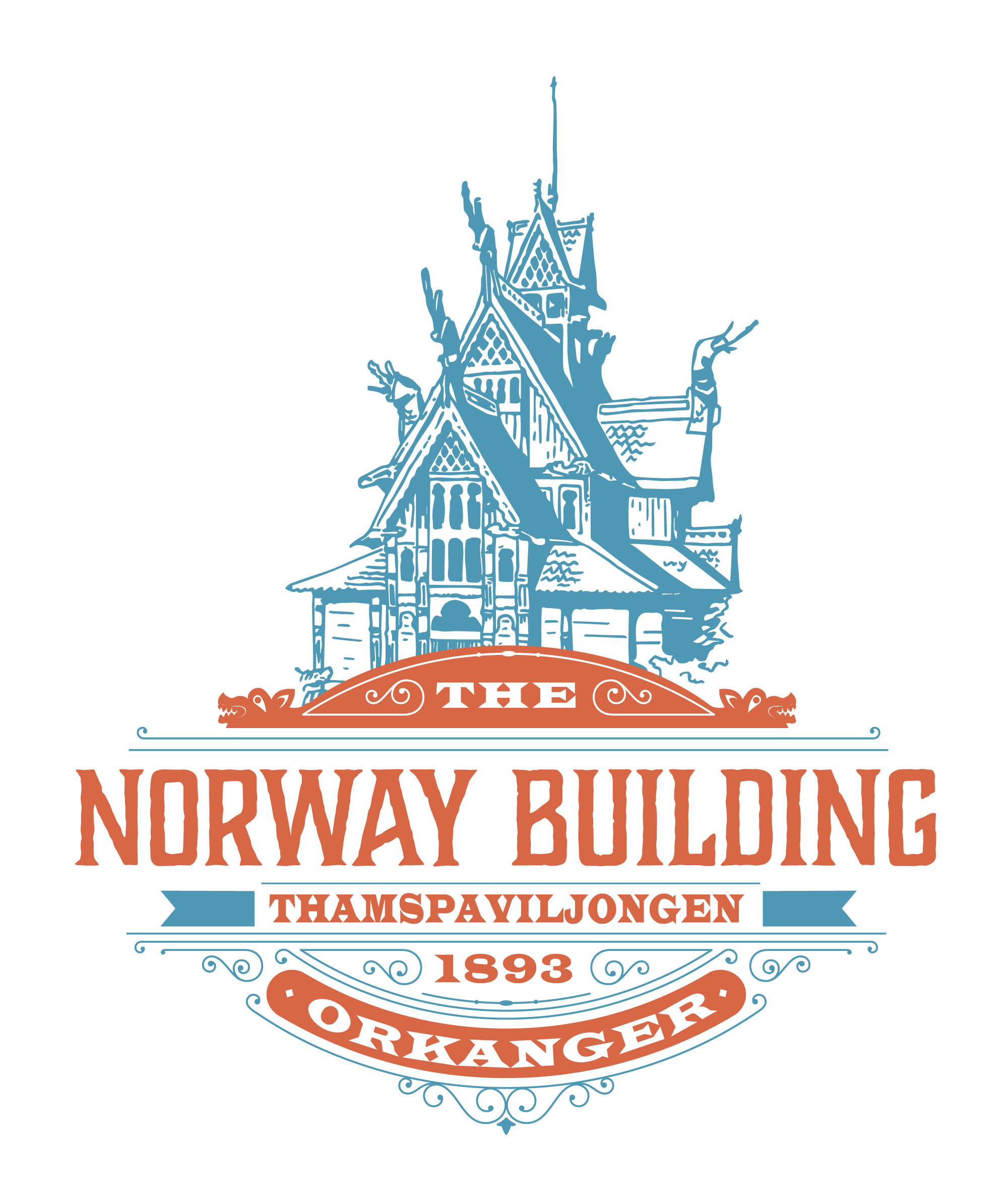Quest for Norwegian Folk Art in America
by Tora Bøhn
A private Norwegian-American museum of outstanding cultural and historical character is “Little Norway,” an open-air museum at Blue Mounds near Madison, Wisconsin. Tourist attendance is said to be in the thousands in spite of the museum’s out-of-the-way location in a peaceful farming district and of the fact that it is open only a few months during the summer. The museum was created by the late Isak Dahle, who, in the untamed rural landscape with its large shade trees, realized the dream of his youth, to bring together objects illustrating Norwegian culture in Norwegian surroundings. {4}
Since himself came from a farm family, he concentrated on the characteristic environment of the Norwegian-American farmer, and one crude log house after another was acquired and added to the original farm, where it was rebuilt among the trees near the rippling brook. As the years went by, the multitude of Norwegian immigrant items grew, including such things as rosemalt chests, cupboards, boxes, carved mangling boards, stems, butter boxes, simpler utensils of wood and nonprecious metals, farm tools and old harness equipment, and so forth. There is also a collection of textiles, which consists mainly of basket-weave fabrics from Vestlandet, besides a group of small silver objects. {5}
As the collection grew, more buildings were needed, and some reproductions of log houses were built up around the grounds. Finally most of the small items were gathered in a main structure that had been Norway’s exhibit building at [121] the Columbian Exposition in Chicago in 1893. {6} It is a wooden building whose architecture seems to be a romantic mixture of Swiss chalet and Norwegian “dragon” style. It is popularly called the “stave church.”
As can be expected with such a hobby collection, this open-air museum has a somewhat romantic and unscientific character. Nevertheless, a visit to it can be very profitable to a historian of Norwegian culture. And one can well understand the popularity of the place with the American vacationer, who can there satisfy his taste for a little romantic primitive ness. No wonder that to many Americans of Norwegian de scent the sod hut has stubbornly persisted as the most characteristic of Norwegian houses.
“Little Norway” is the Midwest’s largest private collection of Norwegian-American immigrant items. But there are others in Wisconsin, more modest and therefore little known. They are, nevertheless, worth mentioning because they some what resemble the district or farm museum with a living family tradition. The area directly southeast of Madison, especially that around Stoughton and McFarland, was partially settled by Sognings, and near McFarland a third-generation Sogning, Albert Skare, has created a modest little farm museum of the family’s small pioneer buildings. In the former dwelling house with its large fireplace, the floor and walls are filled with old, unpretentious utensils in wood, iron, copper, and similar materials, most of which have always be longed to the Skare family and were brought from Norway in the nineteenth century. A spirit of nostalgia hangs over these little mementos of a simple pioneer existence on a farm that still seems lonely and isolated, though it is within easy driving distance of Madison. It is appropriately named “The Hidden Farm.”

Changing times and the look of The Norway Building
